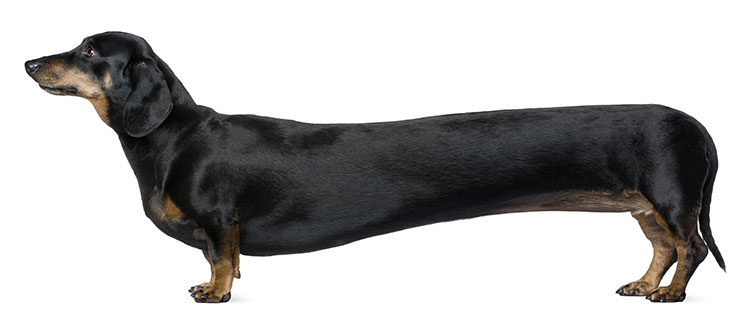I 4: Heads or Tails, Part 1
1. Overview
Identify whether the “special sound” (digraph) in a word comes at the beginning (head) or end (tail) of the word. The child must not only recognize the digraph but also identify the digraph’s position in the word.
I4: Heads or Tails, Part 1
2. Materials
- Script
- game board
- picture cards
- word index
- sound cards for the digraphs (same as for the previous activity)
3. Activity
Video: How to play Heads or Tails, Part 1
Before starting the game, do a quick review of the digraph sounds and sound cards. Have the child touch each sound card and tell you the sound each one makes. You also want to go through the picture cards with your child to be sure she is using the correct word for each picture (e.g., ship instead of boat).
Place the dog game board in front of the child, with the five sound cards in a row above the game board. Shuffle the picture cards and place them in a face-down stack.
Now introduce and demonstrate the game for your child. She will see a picture card, say the word, identify the “special sound” and its sound card, and decide whether the special sound is at the head (beginning) or tail (end) of the word. Once she decides, she can put the picture card on the head or tail of the dog.
Adult: Sometimes you hear a special sound at the beginning, or head, of a word, and sometimes you hear a special sound at the end, or tail, of a word. Listen, and repeat the word I say, then find the sound card that matches the special sound you hear in the word. Then tell me if the special sound comes at the head or tail of the word. Let me show you. Listen: whale. /wh/ [Point to /wh/ card and puff out cheeks in “whh” gesture.] /wh/ is at the head of whale. So I can put the whale picture at the head of the dog! Now you try. What’s this picture? Child: Chip. Adult: That’s right. What special sound do you hear? Listen: chip. Child: /ch/ [points to /ch/ card] Adult: Yes. What motion do we do for that sound? Child: [Makes chopping gesture] /ch/ Adult: Is that sound at the head or tail of the word? Child: Um… Adult: Listen: chip. Is the special sound at the head, or at the tail? Child: The head! Adult: Yes, the /ch/ sound is at the head of chip. So put the picture on the dog’s head.Go through at least 20 words in a session, in random order so the child gets a mix of special sounds at the “head” and “tail” of a variety of words. Make note of any words or digraphs the child struggles with, and revisit those words at the end. ↑ Top
4. Variation
Before you start the game, let the child flip a coin. If she gets “heads,” she gets a point for each picture card with a special sound at the “head” of the word, and you get a point for each one with a special sound at the “tail” of the word. Keep “score” as you play the game. Whoever has the most points at the end of the game wins! ↑ Top5. Small Groups (2-5 children)
Lesson Objective: Using picture cards and digraph letter cards as visual aids, children will hear the name of a pictured item, recognize and isolate the digraph phoneme in the word, and decide whether the digraph phoneme comes at the beginning or end of the word. GELDS (Georgia Early Learning & Development Standards): CLL6.4f Georgia Standards of Excellence: ELAGSEKRF3.a Common Core State Standards: CCSS.ELA-LITERACY.RF.K.3.A Adaptation: Read the main activity, watch the video, and follow the instructions above, with the following changes: Play the game in a circle on the rug, placing the game board in the center of the circle. Review the digraph sounds. Explain how the game board works: “If your picture goes on the dog’s tail, where do we hear the special sound? If it goes on his head, where do we hear the special sound?” Hold up a digraph sound card (such as /wh/) and ask, “Can you tell me the sound for this card? Do you hear the /wh/ sound at the beginning or at the end of whale?” Give each child many opportunities for practice. Reinforcement: Play the game again, throwing in some “mistake” words that don’t have any digraph sounds. (Use picture cards from a different activity.) “Where do pictures go that do not match any of our special sounds? In the dog house!” (This can be the white space around the picture of the dog.) Use this Reinforcement at Home form to tell parents and guardians how they can reinforce lessons outside the classroom. ↑ TopLeave a Reply

